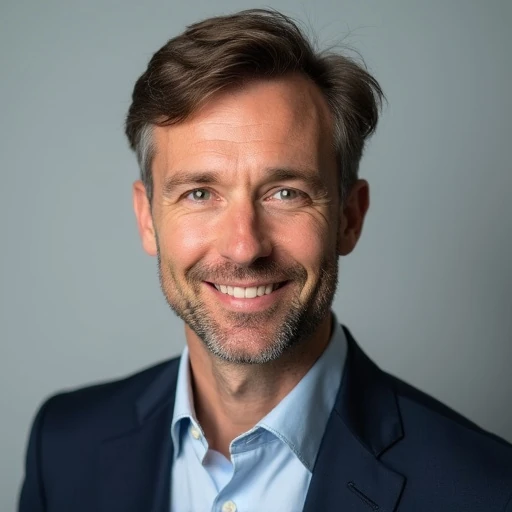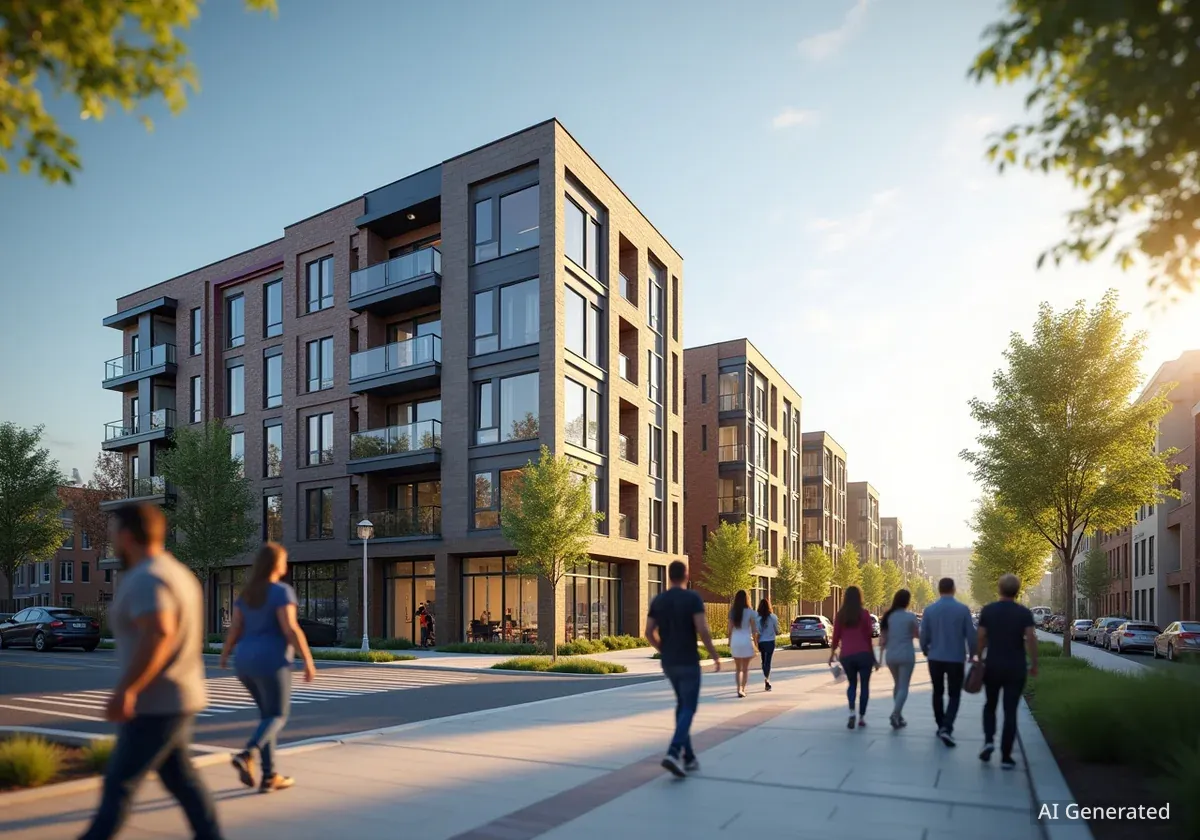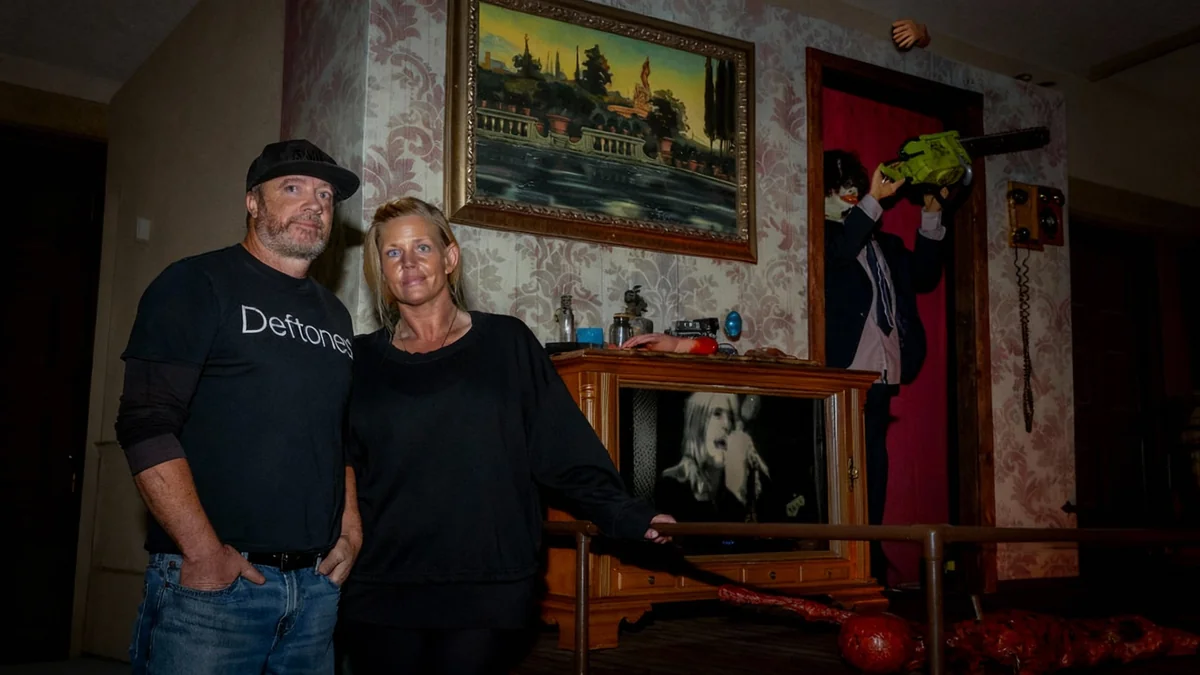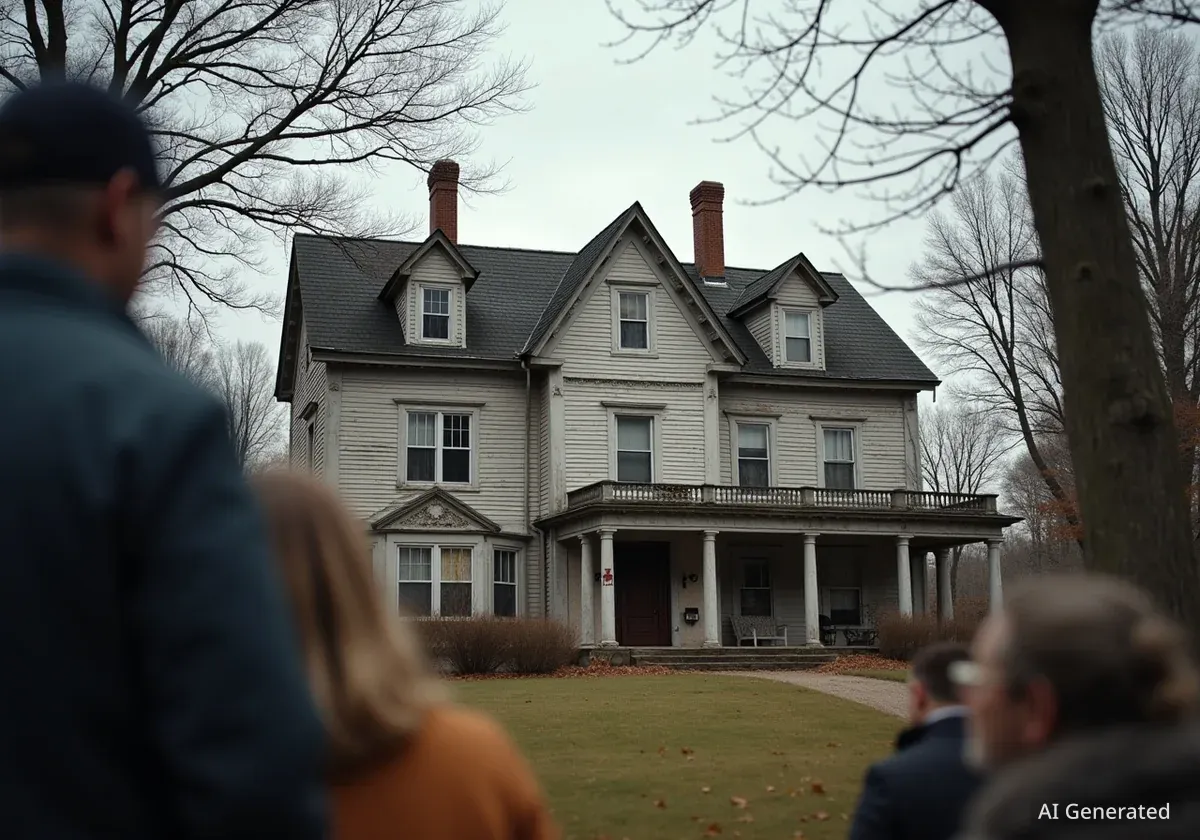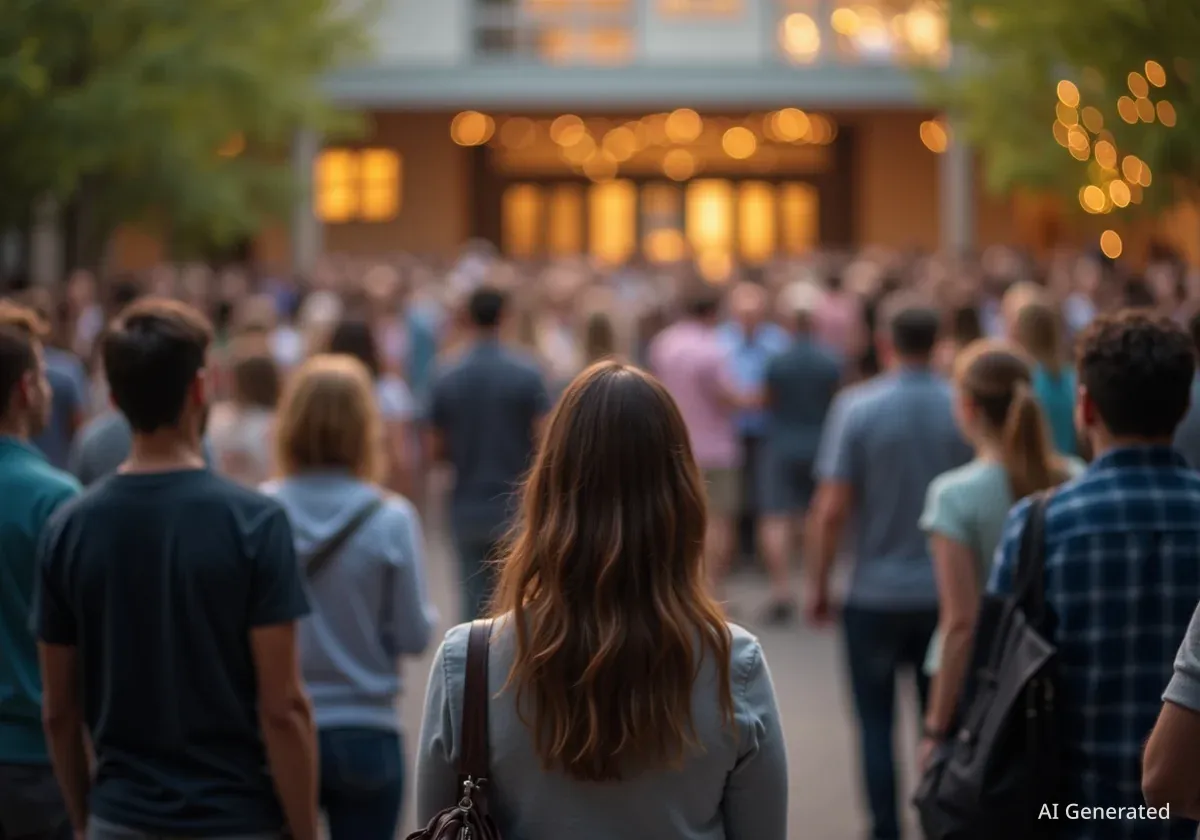A significant investment totaling nearly $100 million is driving substantial change in Milwaukee's near northwest side, an area historically overlooked for major development. Four key projects, all located within a three-block radius, are introducing new affordable housing, a modern health services center, and essential mental health facilities, signaling a new chapter of growth and community support.
These developments, situated near the high-traffic intersection of I-43, aim to address long-standing needs in the community. The projects range from the recently opened Marcia P. Coggs Health and Human Services Center to new residential buildings, collectively reshaping the neighborhood's landscape and service infrastructure.
Key Takeaways
- Four major development projects are bringing nearly $100 million in new investment to Milwaukee's near northwest side.
- The projects focus on critical community needs, including affordable housing, public health services, and emergency mental health care.
- Recently completed is the new Marcia P. Coggs Health and Human Services Center, a central hub for community resources.
- The developments are concentrated within a three-block area, creating a dense hub of revitalization and services.
A New Hub for Health and Human Services
The cornerstone of this neighborhood transformation is the new Marcia P. Coggs Health and Human Services Center, which officially opened its doors in June. Located at 1230 W. Cherry St., the state-of-the-art facility replaces an older building and serves as a vital resource for Milwaukee residents.
The center provides a wide range of public services, consolidating multiple agencies under one roof to improve accessibility for the community. Its completion represents a major step forward in providing modern, efficient facilities for essential public health and support programs.
Historical Context of the Area
Milwaukee's near northwest side has faced economic challenges and a lack of significant development for decades. The concentration of these four major projects in such a small area represents one of the most substantial and coordinated investment efforts the neighborhood has seen in recent history, aiming to reverse trends of disinvestment.
Addressing the Housing and Mental Health Crisis
Beyond the new health center, a significant portion of the investment is dedicated to affordable housing and mental health care, two of the most pressing issues facing the city. These projects are designed to provide stability and support for vulnerable populations.
The Community Within the Corridor
One of the key residential projects is "The Community Within the Corridor," a multi-phase development led by developer Gorman & Co. This ambitious project aims to create a mixed-income community with a focus on affordable housing options for local families and individuals.
The development is not just about building apartments; it includes plans for community spaces, commercial storefronts, and supportive services designed to foster a vibrant and self-sustaining neighborhood. According to project leaders, the goal is to create high-quality housing that remains accessible to residents of all income levels.
"We aren't just constructing buildings; we are building a foundation for a stronger community. Providing safe, affordable housing is the first step toward creating stability and opportunity for residents," a representative from Gorman & Co. stated in a recent community meeting.
New Emergency Mental Health Facility
Another critical project is the development of a new emergency mental health services facility. This center is designed to provide immediate care for individuals experiencing a mental health crisis, offering an alternative to emergency rooms or law enforcement intervention.
The facility will offer short-term crisis stabilization, assessment, and connection to long-term care resources. Health officials have highlighted the urgent need for such a service in Milwaukee, noting that it will fill a significant gap in the city's mental health care system.
Investment Breakdown
While exact figures for each project vary, the collective investment approaching $100 million demonstrates a massive commitment from both public and private sectors. The Marcia P. Coggs Center alone represents a multi-million dollar state investment, with the remaining funds allocated to housing and the new mental health facility.
Community and Youth Empowerment
The fourth pillar of this revitalization effort focuses on youth and community engagement. Local nonprofit Neu-Life Community Development is heavily involved, ensuring that the new developments serve the existing community and provide opportunities for its youngest residents.
Neu-Life's role often involves creating programs and safe spaces for young people. Their participation in the broader redevelopment plan ensures that social infrastructure is built alongside the physical buildings. This includes after-school programs, job training, and community-building events aimed at empowering residents and fostering a positive neighborhood identity.
The Role of Local Leadership
Local leaders, including Alderperson Russell Stamper, have been instrumental in advocating for these projects. They have worked to secure funding, navigate zoning, and ensure that the developments align with the community's vision for its future.
The collaborative effort between developers, nonprofits, and city officials is seen as a model for future urban revitalization projects. By focusing on a specific, concentrated area, the partners aim to create a ripple effect of positive change that will spread to surrounding blocks.
- Health Services: The new Coggs Center centralizes access to public health resources.
- Affordable Housing: Multiple projects are increasing the stock of quality, affordable homes.
- Mental Health: A dedicated crisis center will provide essential emergency care.
- Youth Programs: Nonprofits are ensuring young residents benefit from the new investment.
As these projects move from construction to operation, the near northwest side is poised for a significant transformation. The nearly $100 million investment provides not just new buildings, but also a renewed sense of hope and a framework for a more stable and prosperous future for the community's residents.
